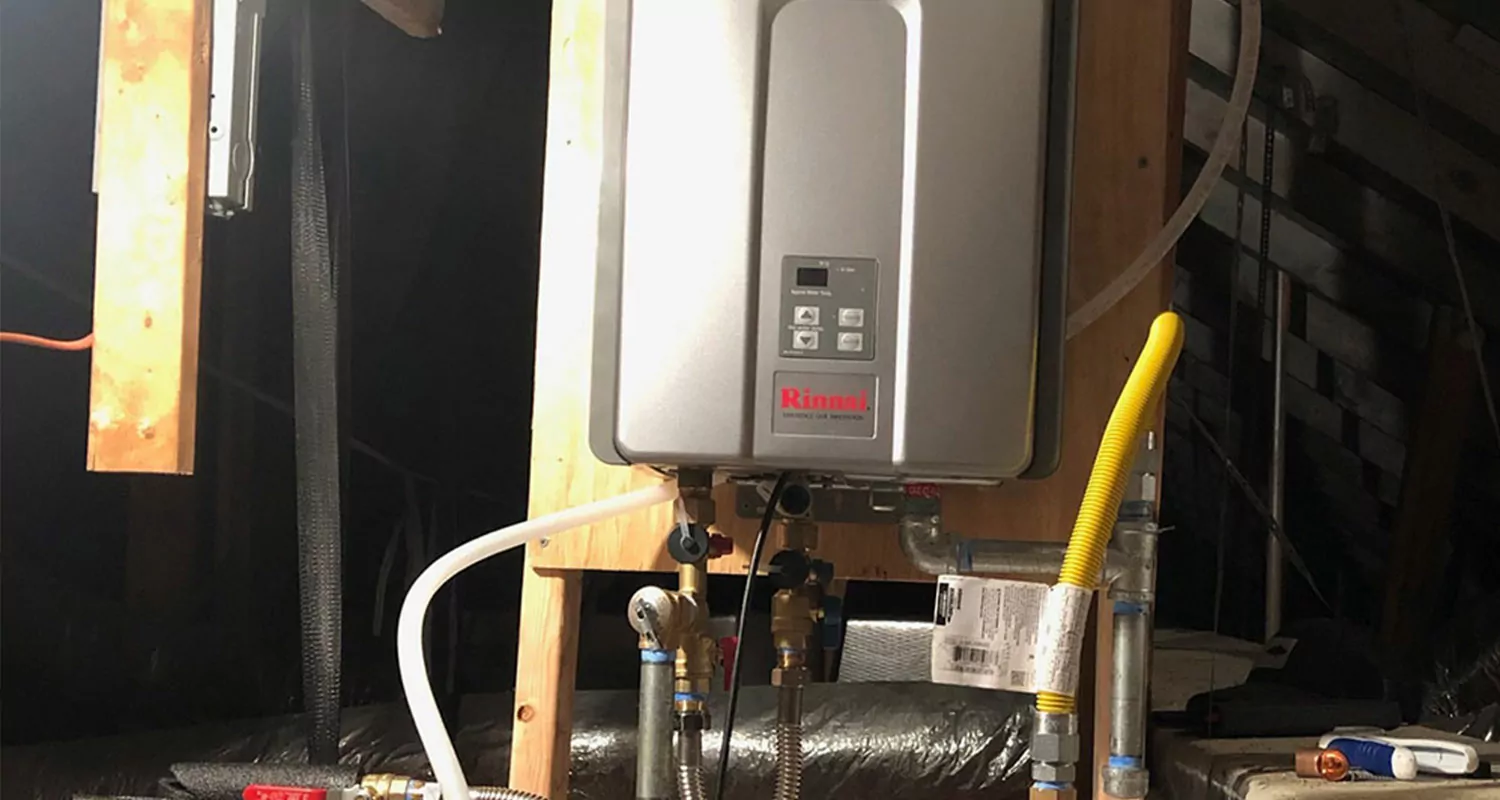Effective Techniques for Maintaining Your Home's Hot Water SystemEffective Ways to Care for Your Home's Hot Water System Successfully
Effective Techniques for Maintaining Your Home's Hot Water SystemEffective Ways to Care for Your Home's Hot Water System Successfully
Blog Article
Are you currently hunting for critical info involving Tips For Maintaining Your Hot Water Heater?

Warm water is important for day-to-day comfort, whether it's for a revitalizing shower or washing meals. To ensure your warm water system runs effectively and lasts longer, normal maintenance is key. This write-up supplies practical pointers and understandings on how to keep your home's hot water system to stay clear of interruptions and costly fixings.
Introduction
Keeping your home's hot water system could appear challenging, yet with a few straightforward steps, you can guarantee it operates efficiently for many years to come. This overview covers everything from comprehending your hot water system to DIY upkeep tips and understanding when to call in expert aid.
Significance of Preserving Your Warm Water System
Regular maintenance not only prolongs the life-span of your hot water system however additionally guarantees it operates effectively. Ignoring upkeep can lead to decreased effectiveness, greater power bills, and even premature failure of the system.
Indications Your Warm Water System Demands Maintenance
Understanding when your hot water system requires focus can protect against major issues. Watch out for indications such as irregular water temperature level, strange noises from the heater, or rustic water.
Flushing the Water Heater
Flushing your water heater eliminates sediment accumulation, boosting performance and lengthening its life.
Monitoring and Changing Anode Rods
Anode poles protect against deterioration inside the container. Inspecting and replacing them when worn out is essential.
Facility Concerns Requiring Professional Aid
Instances include significant leakages, electric troubles, or if your hot water heater is continually underperforming.
Routine Specialist Upkeep Conveniences
Expert maintenance can include comprehensive inspections, tune-ups, and ensuring compliance with safety and security criteria.
Evaluating and Readjusting Temperature Level Setups
Changing the temperature settings ensures optimum efficiency and security.
DIY Tips for Maintenance
You can perform numerous upkeep jobs yourself to keep your warm water system in leading problem.
Checking for Leaks
Regularly evaluate pipelines and connections for leaks, as these can lead to water damages and greater expenses.
Understanding Your Warm Water System
Prior to diving into maintenance jobs, it's valuable to understand the basic parts of your warm water system. Commonly, this includes the hot water heater itself, pipelines, anode rods, and temperature level controls.
Month-to-month Maintenance Tasks
Regular month-to-month checks can assist catch minor issues prior to they intensify.
Evaluating Stress Alleviation Valves
Testing the stress safety valve ensures it operates properly and prevents extreme pressure accumulation.
Insulating Pipelines
Protecting hot water pipelines reduces warmth loss and can save power.
When to Call an Expert
While DIY upkeep is advantageous, some concerns need specialist know-how.
Conclusion
Normal maintenance of your home's warm water system is vital for performance, durability, and cost financial savings. By following these ideas and knowing when to look for specialist assistance, you can make certain a trustworthy supply of hot water without unanticipated interruptions.
How to Maintain an Instant Hot Water Heater
Before tinkering with your hot water heater, make sure that it’s not powered on. You also have to turn off the main circuit breaker and shut off the main gas line to prevent accidents. Also turn off the water valves connected to your unit to prevent water from flowing into and out of the appliance. 2. When you’re done, you have to detach the purge valves’ caps. These look like the letter “T” and are situated on either side of the water valves. Doing so will release any pressure that has accumulated inside the valves while at the same time avoid hot water from shooting out and burning your skin. 3. When the purge valves’ caps are removed, you have to connect your hosing lines to the valves. Your unit should have come with three hoses but if it didn’t, you can purchase these things from any hardware or home repair shops. You can also get them from retail stores that sell water heating systems. Read the user’s manual and follow it to complete this task properly. When the hosing lines are connected, open the purge port’s valves. 4. You should never use harsh chemical cleaners or solutions when cleaning your unit. Make use of white vinegar instead. It should be undiluted and you’ll probably use about 2 gallons. 5. Now flush your water heater. This task should probably take about 40 minutes. We can’t give you specific directions for this because the procedure is carried out depending on the type, model and brand of your heater. With that being said, refer to the user’s manual. 6. When you’re done draining the unit, you have to turn off the purge port valves again. Remove the hosing lines that you earlier installed on each of the water valves. Put the valve caps (purge port) back in their respective places and be very careful so as not to damage the rubber discs that are found inside these caps. 7. Now that everything’s back in place, check your user’s manual again to find out how to reactivate your water heating system. 8. Once it is working, turn one of your hot water faucets on just to let air pass through the heater’s water supply pipes. Leave the tap on until water flows smoothly out of it. https://www.orrplumbing.com/blog/2014/september/how-to-maintain-an-instant-hot-water-heater/

I recently found that page on How to Maintain a Hot Water Heater in a Few Simple Steps when doing a search on the web. Are you aware of another person who is occupied with the niche? Feel free to share it. Kudos for your time. Revisit us soon.
Call Today Report this page